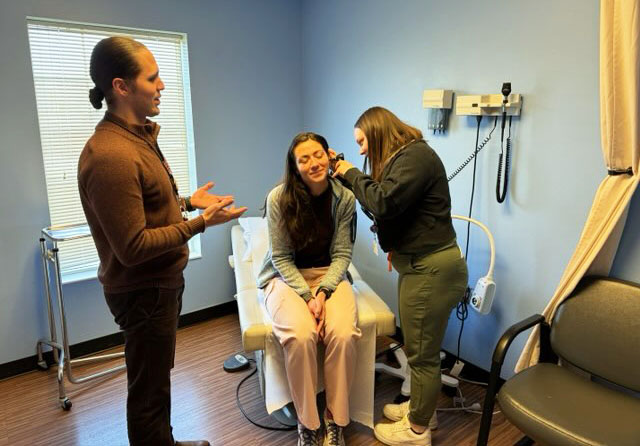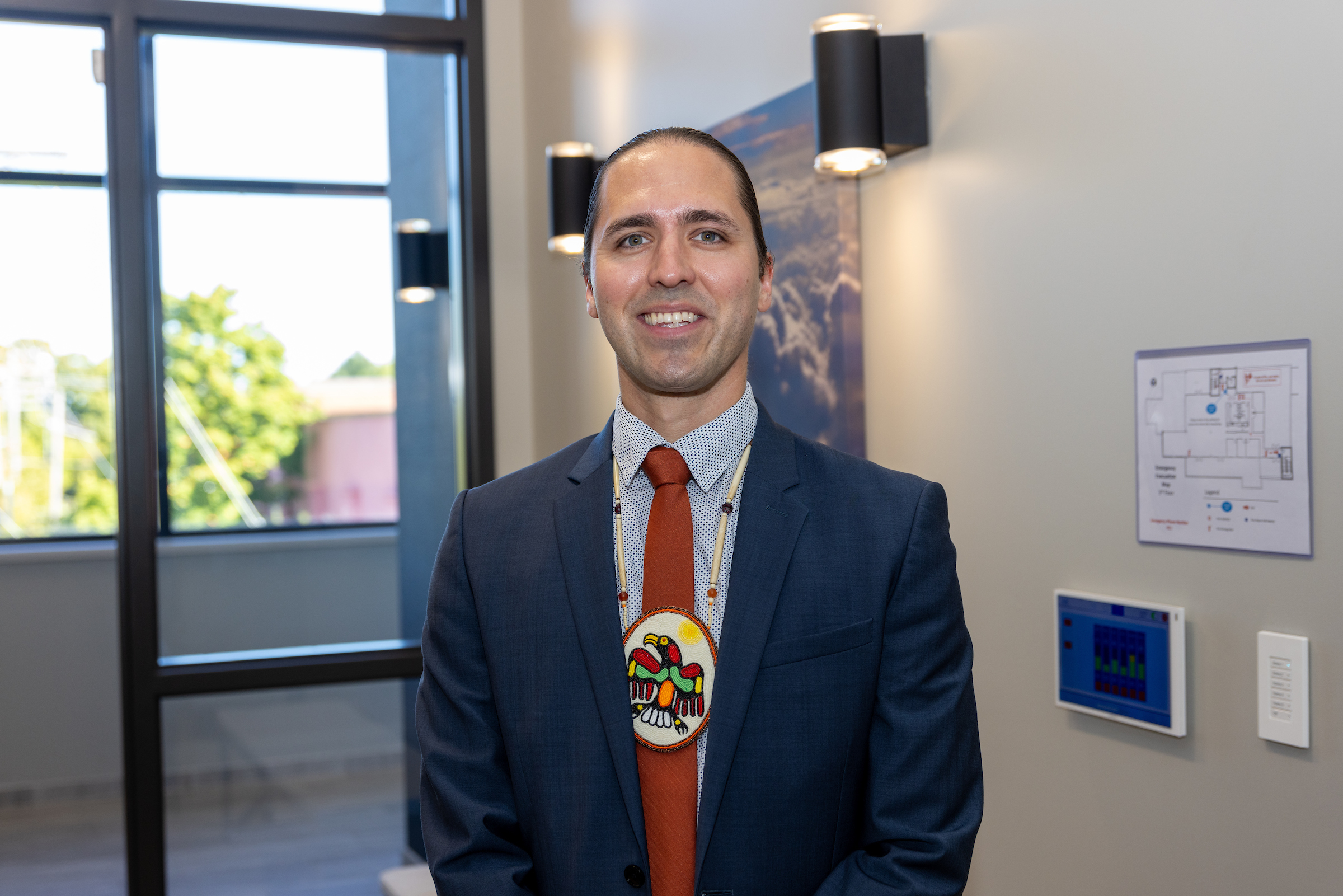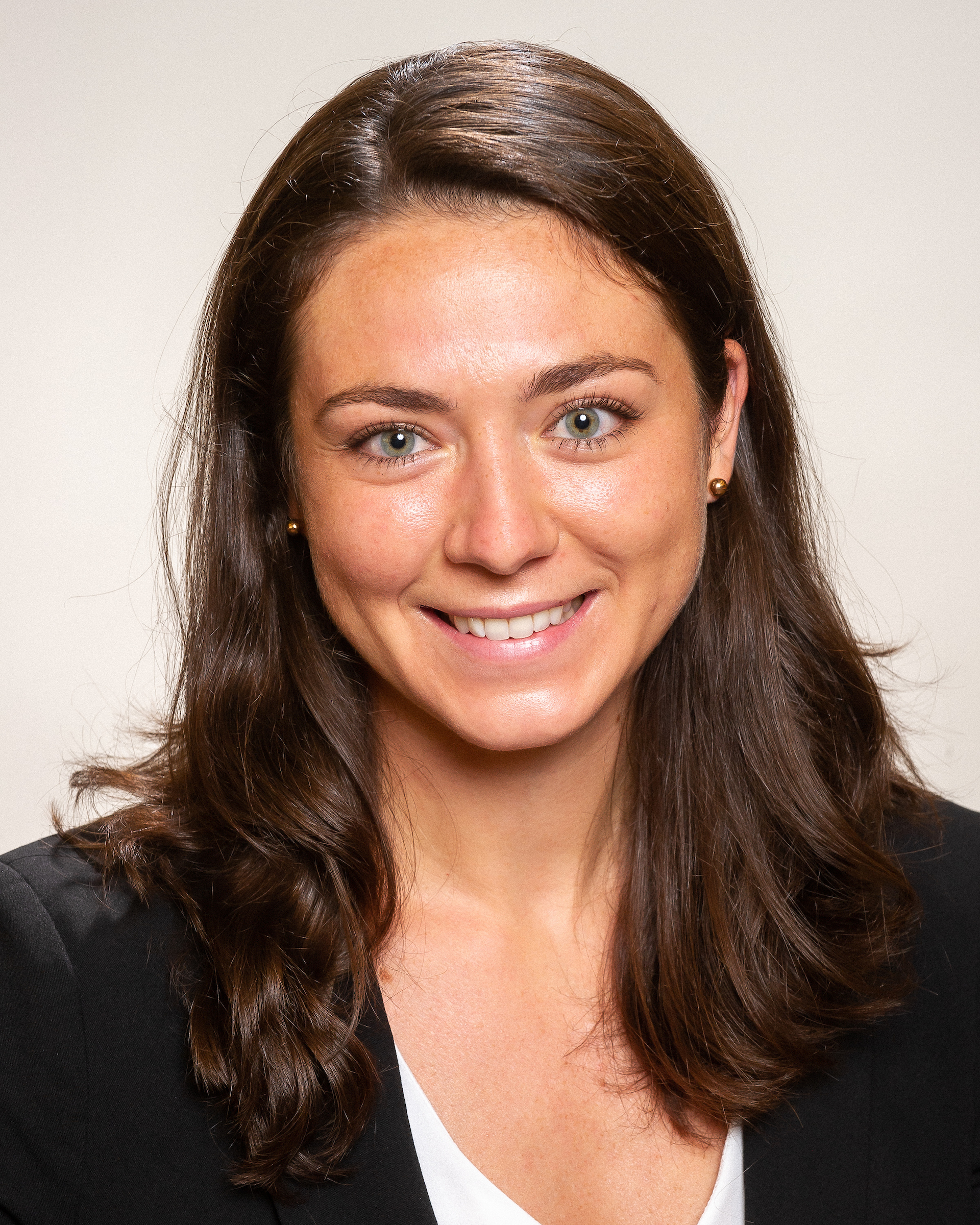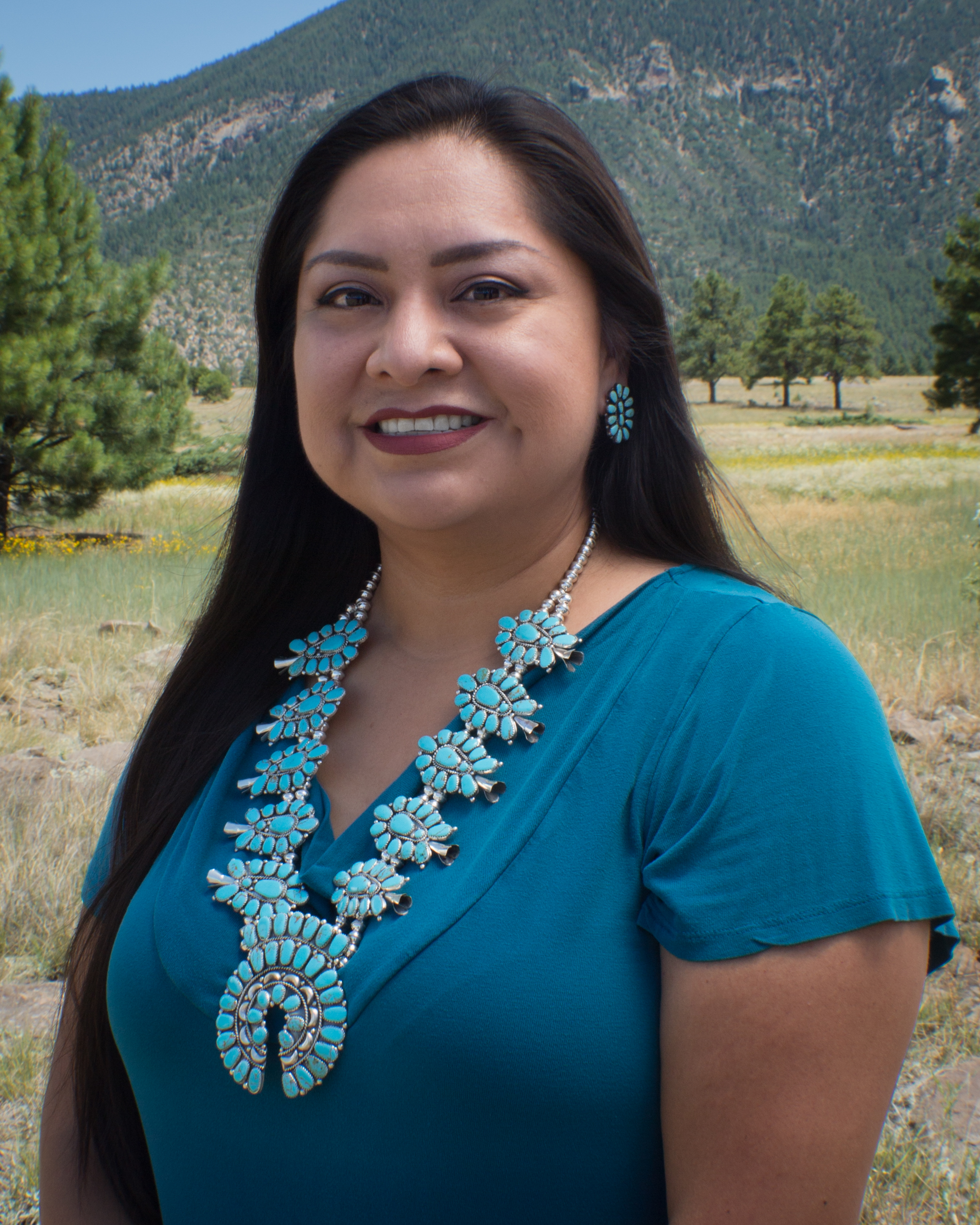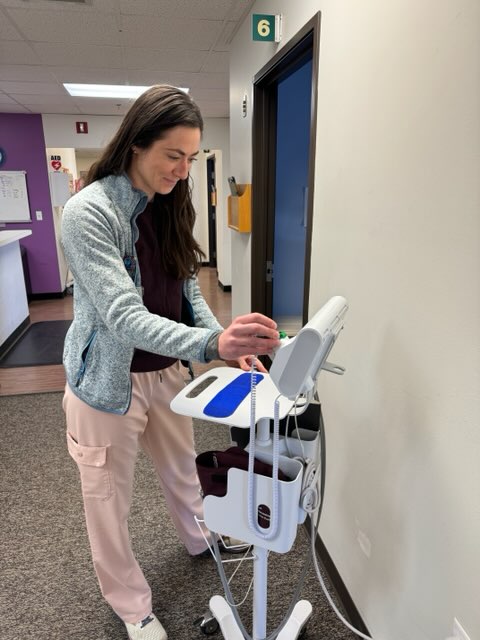While applying to medical schools, fourth-year MSU College of Human Medicine student Eneka Lamb sought out programs that had partnerships with Indigenous communities. Her experience with Indigenous tribes during her time with the Peace Corps in Guyana had inspired her to pursue similar opportunities to serve underserved populations in medical school.
The College of Human Medicine is one of few nationwide to offer Indigenous health training opportunities during medical school. This lack of investment in Indigenous health in the United States is indicative of the alarming health inequities that persist among the 574 federally recognized tribes nationwide. In addition to lower life expectancy, higher rates of chronic disease, and large numbers of accidental injuries, tribes must also contend with a lack of Native American physicians. In Michigan, where there are 12 federally recognized tribes, fewer than 1% of the state’s 44,000 doctors are Indigenous.
These are just some of the issues that the College of Human Medicine’s Indigenous Pathway program hopes to address. Launched in 2022, the program offers a two-week immersion experience in a tribal health setting for first-year students and a two-week elective rotation for third- and fourth-year students.
Frank Animikwam, a 2017 alumnus of the College of Human Medicine and a tribal citizen of the Little Traverse Bay Band of Odawa Indians, is “very honored” to have his tribe participate in the program.
When he was a medical student, he coordinated elective tribal rotations for himself, but none were formally available. Now, he gets to be a part of the Indigenous Pathway curriculum both as a faculty advisor to the program and medical director for the Little Traverse Bay Bands of Odawa Indians. He feels the partnership structure between MSU and tribal communities is key to the program’s long-term success; both parties have something equally important to offer.
So far, a handful of students have worked with him at the tribe’s health clinic. “It’s amazing how much you can do in two weeks; you can really impact a patient,” said Animikwam. Students get the benefit of learning from tribal elders and traditional healers in addition to working with a cultural advisor. Animikwam has found that his community’s reception of the students has been welcoming and positive.
After spending time in Animikwam’s clinic, Lamb agrees. She hopes to work in an Indigenous setting someday, but regardless of where she ends up, she found the rotation extremely beneficial.
Lamb learned to broaden her approach to all of her future patients. “How do I tactfully ask open-minded questions to elicit a better understanding and invite them to share?” she asked. “I took away motivation to ask more patients about their spiritual life.”
She observed the ways traditional healers worked with patients to advocate for sacred practices such as smudging and death rituals in a hospital setting. The marriage of Western and Native medicine can care for the whole person when done well, with mutual trust and respect.
The Indigenous Pathway program not only hopes to expose non-Indigenous students to tribal health care but also to support Indigenous students in their own pursuit of medicine.
First-year College of Human Medicine student Caitlin Wanic is looking forward to her upcoming immersion. “As someone who grew up on my reservation (Bay Mills Indian Community), I have always wanted to work with another Anishinaabe community in the health care setting,” said Wanic. “I want to gain a deeper understanding of the health disparities that are present in Indigenous communities and what can be done to address them. I am excited for a chance to fully immerse myself in the clinic and learn from another Native physician.”
Earlier this year, the college added another elective rotation to the program through a collaboration with Sophina Calderon, chief medical officer of the Keweenaw Bay Indian Community Health System in the Upper Peninsula.
Growing up in Tuba City, Arizona, in the Western part of Navajo Nation, Calderon knows firsthand what it’s like not to see yourself reflected in the medical professions. Now that she’s been in leadership positions for tribal health care systems both in Arizona and Michigan, she feels that the Native approach to health care is how all of medicine should be — “fully comprehensive.”
Medical students can now begin rotating at the Keweenaw Bay Indian Community Health System and Calderon is eager to welcome them into her practice in the Upper Peninsula.
She encourages students to explore Indigenous health, as the benefits to future practice are innumerable. “To practice medicine in that atmosphere is a huge blessing,” said Calderon. “Stretch your people skills, your medical skills, figure out creative ways to work with patients. Meet not just halfway, but maybe a little more than halfway.”
With the growth of the Indigenous Pathway program, the college aims to offer tribal health opportunities throughout all four years of medical school.
